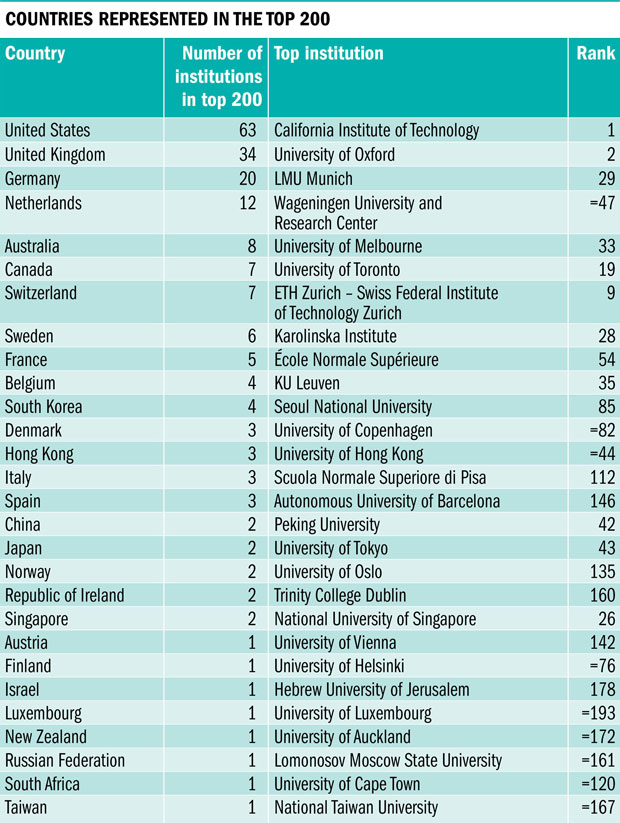View the full World University Rankings 2015-2016 results
It has been quite a year. Some 51 million citations of 11.3 million research papers have been analysed. About 400,000 data points on global universities’ academic reputations have been collected. More than 100,000 items of information from 1,126 universities in 88 countries have been gathered and examined. And the results are in: today we publish the Times Higher Education World University Rankings 2015‑2016.
Although this is the 12th annual ranking published by THE, it is a very special edition. It marks the first time that core institutional and reputational information has been gathered in-house by THE’s new, dedicated team of data experts (research publication data are supplied by Elsevier from its Scopus database). This has allowed us to publish data on more institutions than ever before. Today we rank 800 of the world’s best research-active universities – double the number last year.
Extending our list to 800 universities means that we now cover much more of the world. This year’s tables feature 29 countries not included last year – 70 compared with 41 in 2014‑15. This allows us to capture a richer picture of nations traditionally crowded out of the rankings’ upper echelons by North American and Western European countries.
More institutions than ever can now access THE’s trusted global benchmarking data, which cover the modern research university’s core missions: the teaching environment; research; knowledge transfer; and international outlook. Many more students and their families can use this information to help them make one of the most important investment decisions of their lives – who to trust with their higher education.
Bringing the data in-house means that THE can develop more sophisticated analyses: for example, tables that focus on particular regions with bespoke metrics. Watch this space.
But there are caveats. While our tried, trusted and comprehensive combination of 13 performance indicators remains in place, with the same carefully calibrated weightings, naturally there is a degree of volatility compared with last year because of the improvements we have made: the addition of 400 extra institutions; wider geographical distribution for our Academic Reputation Survey; the move from Thomson Reuters’ Web of Science to Elsevier’s much larger Scopus database to examine citations; a step away from adjusting citations data in light of national context; and the removal of research “kilo-author papers”.
This has led to significant changes in some institutions’ positions that cannot be attributed solely to performance (there is more detail on this from Duncan Ross, our data and analytics director). Because of this we have decided not to include the 2014-2015 results alongside this year’s rankings, as direct comparisons cannot be made. (All previous rankings are available for reference)
So after a year of hard work to deliver change for the better, we are proud to bring you our most comprehensive, inclusive and insightful World University Rankings to date.
Phil Baty
Editor, THE World University Rankings
Twitter: @Phil_Baty





